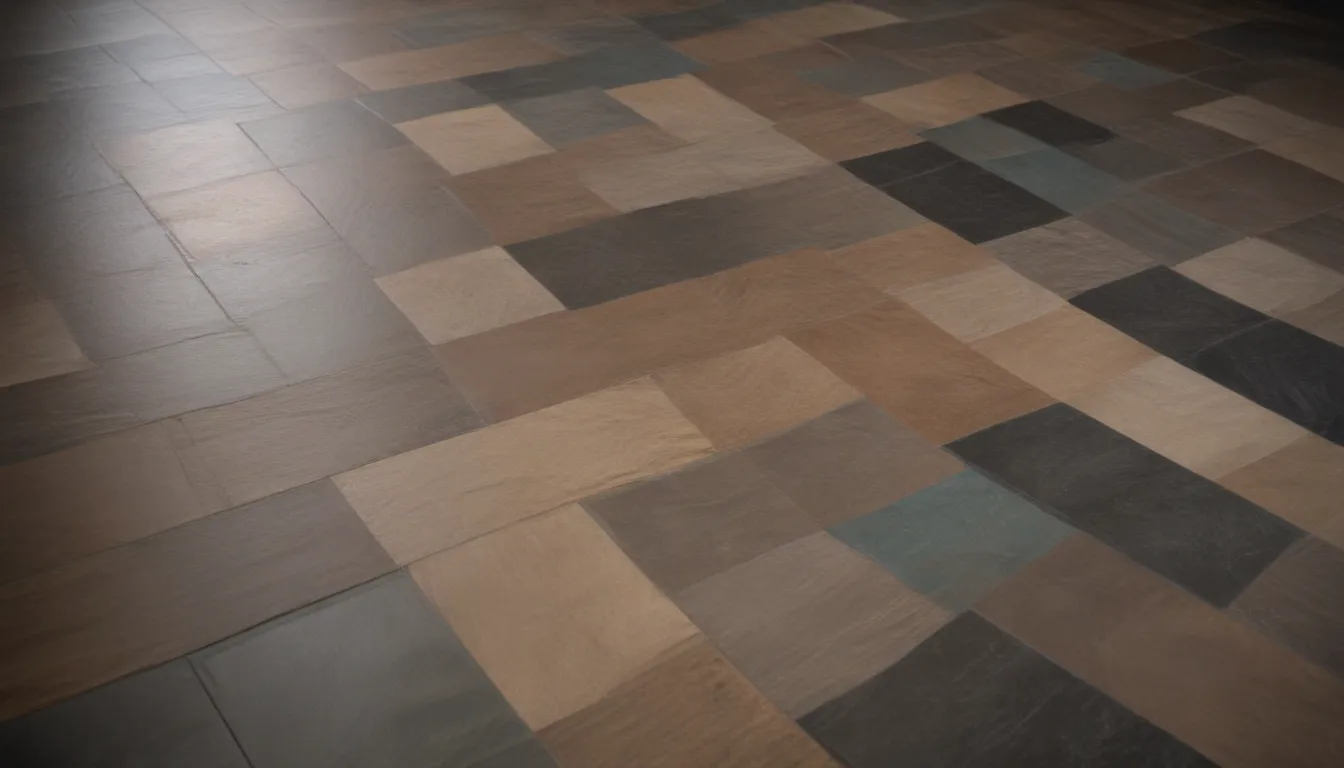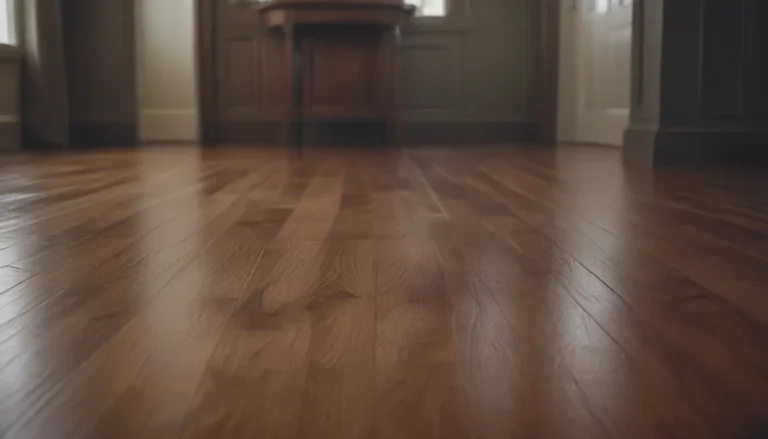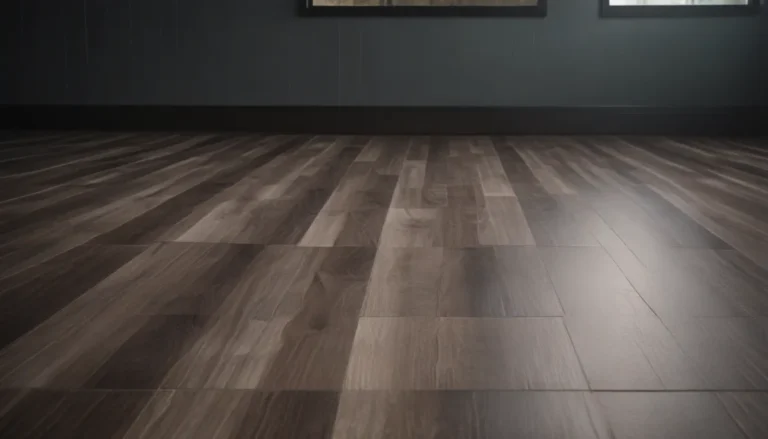Everything You Need to Know About Subfloors and Underlayment for Ceramic Tile Floors

Are you considering installing ceramic or porcelain tiles in your home? These materials can create beautiful, durable floors that can last for decades. However, to ensure a successful installation, it’s essential to have a sturdy and rigid underlying flooring structure.
In this comprehensive guide, we’ll explore the importance of subfloors and underlayment for ceramic tile floors. We’ll discuss the various components of a flooring system, best practices for installation, and the different types of underlayment materials that are widely accepted for ceramic tile floors.
The Importance of Subfloors and Underlayment
Ceramic and porcelain tiles are strong and durable materials when installed correctly. However, they rely on a solid foundation to prevent flexing underfoot, which can lead to cracked grout joints and a failed installation. This is why choosing the right subfloor and underlayment materials is crucial for the longevity and performance of your ceramic tile floor.
Understanding Subfloor vs. Underlayment
To ensure a successful ceramic tile installation, it’s important to understand the components of a flooring system. Typically, a flooring system consists of floor joists, a subfloor, and an underlayment. For ceramic tile installations, it is essential to have a reliable support system to prevent issues related to moisture, movement, and adhesion.
Here are the six widely accepted subfloor/underlayment structures for ceramic tile floors:
- Cement-Based Backer Board
- Exterior-Grade Plywood
- Concrete Slab
- Mortar Bed
- Installing New Ceramic Tile Over Old
- One-Layer Sheet Vinyl Flooring
Best Practices for Ceramic Tile Installation
When it comes to installing ceramic tile, using either cement-based backer board or applying a mortar bed is considered the best practice. These methods provide a structurally solid base for ceramic tile and ensure a long-lasting and durable installation.
Cement-Based Backer Board
Cement-based backer board is widely regarded as the best underlayment for ceramic tile installations. It is a layer of cementitious material faced with fiberglass mesh to provide strength and durability. This material revolutionized the ceramic tile business by making professional installation quicker and more accessible to DIYers.
Exterior-Grade Plywood
While exterior-grade plywood is an acceptable underlayment for ceramic tile, it is no longer the preferred method of installation by professionals. It is still possible to install tile over plywood, but cement-based backer board is the recommended option for a more reliable and long-lasting installation.
Concrete Slab
A concrete slab is one of the best underlayments for ceramic tile installations. It closely resembles the solid mortar bases that were once the norm for ceramic tile installations. Using an uncoupling membrane can help reduce the risk of cracking in the slab and ensure a successful tile installation.
Mortar Bed
Mortar bed installations involve pouring a thin layer of cement mortar and embedding the ceramic tile directly into it. While this method accommodates small flaws in the subfloor, it requires skill and expertise beyond the level of most DIYers. Mortar beds are commonly used for shower installations due to their durability and strength.
Tips for Installing New Ceramic Tile Over Old
Tearing out an old ceramic tile installation is a difficult and messy process. However, laying new tile over the old installation can be a viable option if certain conditions are met. The underlying tile must be in good shape and firmly attached, and the surfaces of the tile must be prepared for a new layer of tile to be installed.
One-Layer Sheet Vinyl Flooring
Ceramic tile can also be installed over existing sheet vinyl flooring under certain conditions. The sheet vinyl must be clean, single-layered, and well-attached to the subfloor. Testing the vinyl for full contact adhesive is essential to ensure a successful tile installation over vinyl flooring.
Industry Recommendations and Disagreements
While many industry sources approve of various underlayment options for ceramic tile, not all contractors or organizations agree. Trade organizations may have different opinions on the best practices for ceramic tile installations. It’s essential to follow the recommendations of your tile professional to ensure a trouble-free ceramic tile job.
Unsuitable Materials for Ceramic Tile Underlayment
Certain materials should be avoided as underlayments for ceramic tile installations. Interior-grade plywood, OSB sheets, multiple layers of vinyl, perimeter-bond vinyl, hardboard, and drywall or greenboard are not suitable materials for ceramic tile underlayment. Choosing the right underlayment material is crucial for the success and longevity of your ceramic tile floor.
In conclusion, selecting the right subfloors and underlayment materials is essential for a successful ceramic tile installation. By following best practices and industry recommendations, you can create a beautiful and long-lasting ceramic tile floor in your home. Remember to choose materials that provide stability, durability, and proper support for your ceramic tile installation.





